Jyotirlingas are a revered manifestation of Lord Shiva. Every year, millions of devotees travel to the 12 Jyotirlingas, offer their prayers, and seek blessing from Lord Shiva, the destroyer & restorer. So, if you are on a quest for spiritual awakening, you must embark on this transcended journey,
Here, we have tried to explain the 12 Jyotirlingas that can be found in the Indian subcontinent, where they are located, as well as a little bit of info about them. So, before you book your travels, read on.
12 Jyotirlingas of Lord Shiva
Kedarnath, Uttarakhand
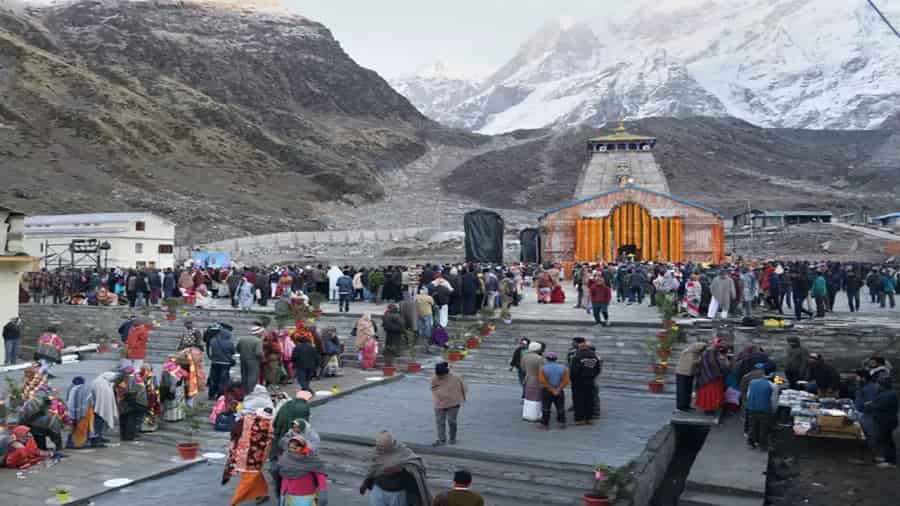
We start with the northernmost Jyotirlinga of all, located in Kedarnath, Uttarakhand. This temple is one of the highest among the 12 Jyotirlingas. It was built by the Pandava brothers and later revived by Adi Shankaracharya in the 8th century. It is also noteworthy that Kedarnath Jyotirlinga is also part of the Char Dham Yatra.
Located in the Rudra Himalayan Range and at an altitude of 1200 feet, the Kedarnath is only open for a couple of months every year, typically between April and November. Every year, millions of devotees take the impossible trek. Near the Kedarnath Dham is the Samadhi of Shankaracharya – a must-visit for every pilgrim.
- Location: Kedarnath is located in the Garhwal Himalayas. It has an elevation of 11,755 feet and is situated around 143 km from the city of Rishikesh.
- Timing: 4 am to 12 pm (Morning) & 3 pm to 9 pm (Evening)
- How to Reach: To reach by air, devotees can take a flight to the nearest airport in Dehradun, which is about 238 km away. Rishikesh is the nearest railway station. The last point that is accessible by road is Gaurikund, which is located approximately 5 km away from Sonprayag; from then on, it is a 14 km trek to Kedarnath.
Kashi Vishwanath, Varanasi
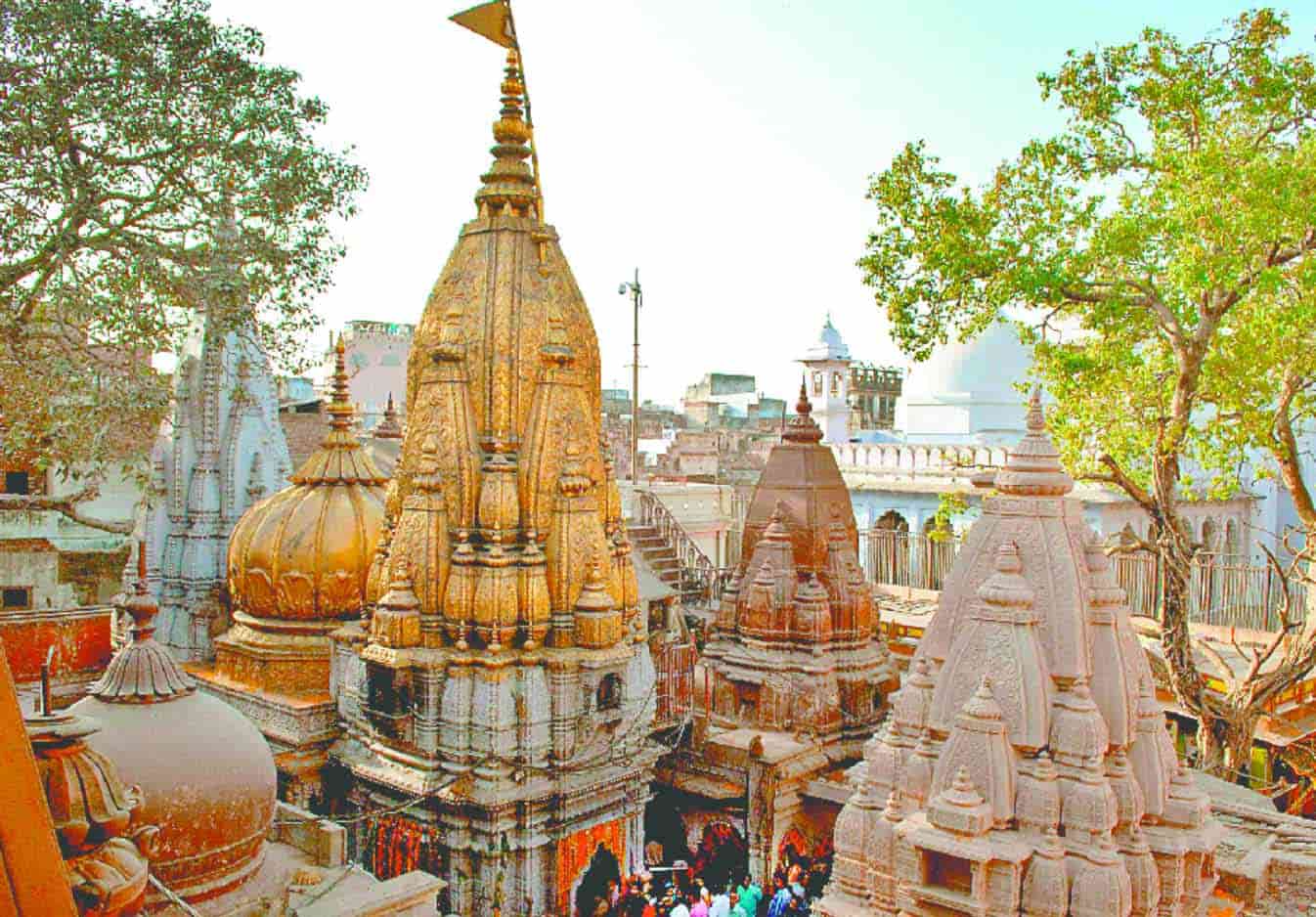
Kashi Vishwanath is a world-renowned temple located in the city of Varanasi. Also known as the Golden Temple, this temple was first built by Raja Hiranyagarbha. However, the current structure was constructed by Maharani Ahilyabai Holkar of the Maratha Empire in 1780. The temple has three golden that gleam under sunlight and a hidden Jyotirlinga within the silver Murti.
Varanasi is a city that is close to Lord Shiva. It is believed by devotees that Lord Shiva resides in this city and offers liberation & happiness to all those who travel to this place. So, the Kashi Vishwanath temple holds a special place in the hearts and minds of Lord Shiva’s followers. A noteworthy fact about this temple is that it was razed and then reconstructed several times throughout history. Its rebirth stands as a testament to the enduring faith of the devotees.
- Location: Varanasi, Uttar Pradesh
- Timing: 2.30 am to 11 pm
- How to Reach: Varanasi is home to an airport, which is just 22 km away from the temple premises. The Varanasi Railway Station is also conveniently located just on the other side of the Ganges River, right next to the temple. Finally, Varanasi is well-connected by road to all major cities in Northern and Central India.
Somnath, Gujarat
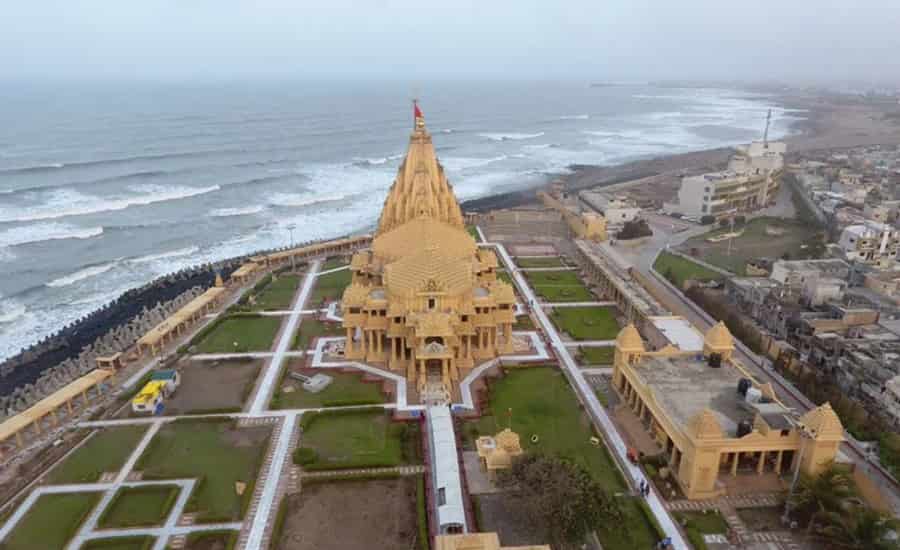
From the north of the country, we are moving westward to the beautiful land of Gujarat, which is where we will find the iconic Somnath Temple.
Somnath is arguably the most famous of all the Jyotirlingas in this list, so it is not a surprise that it is one of the most worshipped pilgrimage sites worldwide. Every year, millions of devotees descend upon the Somnath Temple, offer their prayers, and ask for blessings.
The history of the construction is not pretty clear, but legends credit the Moon God for constructing the first structure. Over the centuries, Somnath has been destroyed and then restored sixteen times. In the present construct, one can easily find intricate carvings, a sky-piercing shikhara, and architecture that tells tales of the temple’s glorious past.
- Location: Veraval, Gujarat
- Timing: 6 am to 9 pm
- How to Reach: The nearest railway station is Veraval Railway Station, located around 5 km away from Somnath. The distance can be covered by taxi or cab. For air travelers, Surat is the nearest airport, around 100 km. The city is also well-connected through roadways.
Nageshwar, Gujarat
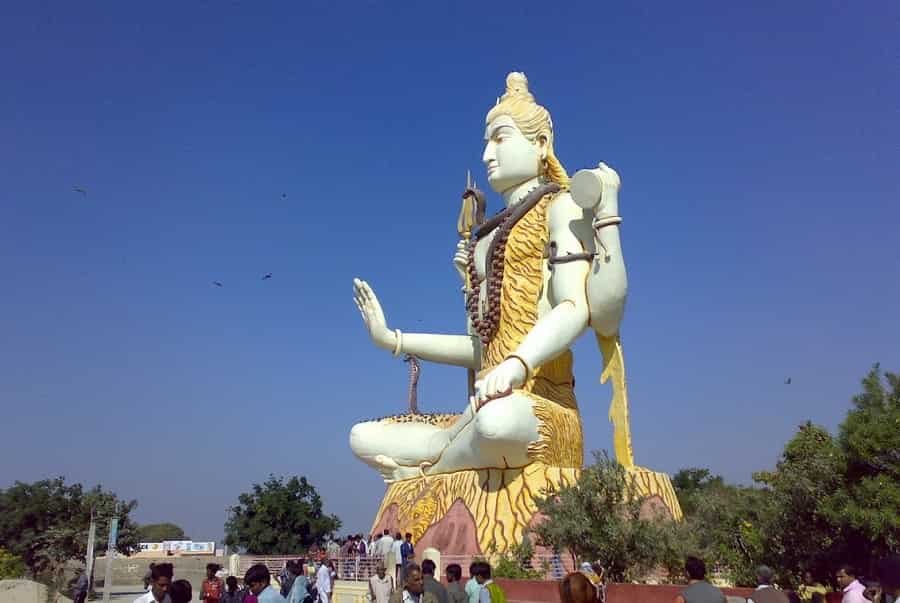
The next Jyotirlinga on our list is Nageshwar Jyotirlinga. This temple is situated near Dwarka and is one of the most important pilgrimage sites for the devotees of Lord Shiva. It is the same place where, according to the legends, Lord Shiva defeated the demon, Daruka.
The temple was constructed by the serpent king Vasuki. The shrine of Nageshwar Mahadev is located in the underground sanctum. The complex also boasts a 25m tall statue of Lord Shiva, which is visible from several kilometers away.
- Location: Dwarka, Gujarat
- Timing: 6 am to 12.30 pm (Morning) & 5 pm to 9 pm (Evening)
- How to Reach: The nearest railway stations are Dwarka and Veraval. Jamnagar is the nearest airport to Nageshwar, about 45 km away. From there, buses and private taxis can be booked.
Mahakaleshwar, Madhya Pradesh
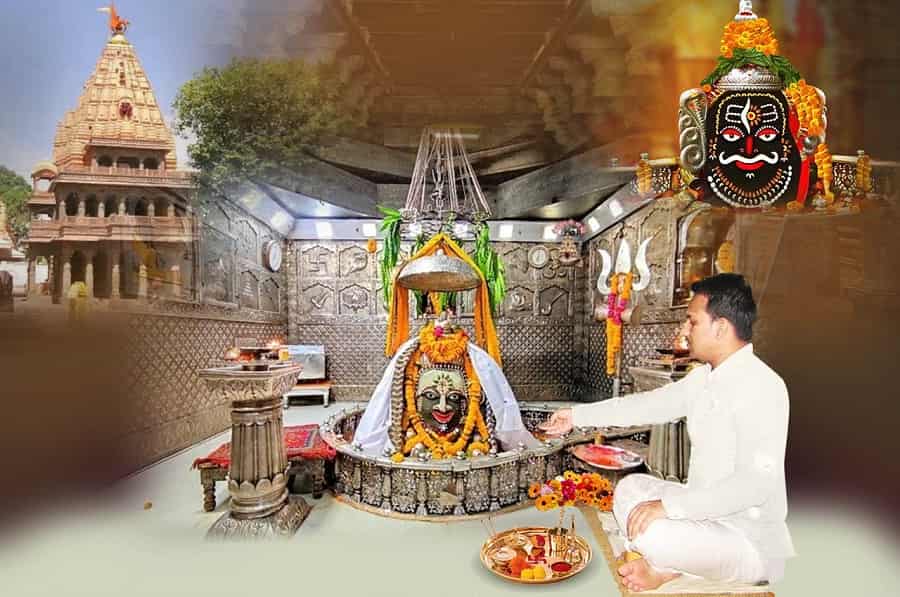
The next Jyotirlinga on our list is the one located in the ancient city of Ujjain – Mahakaleshwar. The Mahakaleshwar temple is situated in the dense Mahakal forest near Ujjain. The temple, with its roots dating back to the 6th century, is one of the oldest on this list. In this temple, one can see the architectural imprint of successive dynasties that have ruled this land.
The Mahakaleshwar holds a significant place in the hearts of devotees. The lingam here is believed to be Swayambu, deriving Shakti from within itself—also, the temple practices ‘Bhasma Aarti,’ where ashes are offered to the lingam.
- Location: Ujjain, Madhya Pradesh
- Timing: 4 am to 11 pm
- How to Reach: Sadly, the city of Ujjain does not have an airport of its own. The nearest airport is located in Indore, around 51 km away. Ujjain Junction is the nearest railway station, and the city is well-connected with roads. A traveler can easily hop onto an intercity bus to travel to Ujjain.
Omkareshwar, Madhya Pradesh
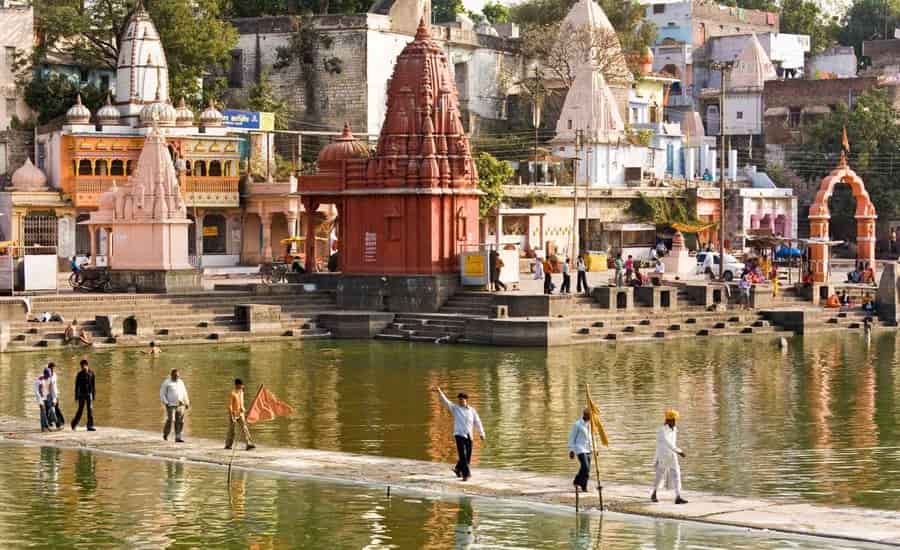
Another Jyotirlinga located in Madhya Pradesh is the Omkareshwar Temple. Omkareshwar, which literally translates to ‘Lord of the Om Sound,’ is one of the most significant religious places on the Indian mainland.
There is a legend related to this place. During one of the wars between Devas and Asuras, the Devas led by Indra prayed to Lord Shiva, who appeared in the form of Omkareshwar and helped their side to victory over the Asuras. And in the exact place of the great battle now stands Omkareshwar Jyotirlinga.
- Location: Khandwa, Madhya Pradesh
- Timing: 5.30 am to 12.20 pm (Morning) & 4 pm to 8.30 pm (Evening)
- How to Reach: Indore is the nearest city with an airport. It is situated around 80 km away; from there, taxis and buses connect to Omkareshwar. Omkareshwar also has a railway station that sits across from Narmada; it provides connections to major cities like Bhopal, Mumbai & Delhi. You can also travel by road through NH 59.
Rameswaram, Tamil Nadu
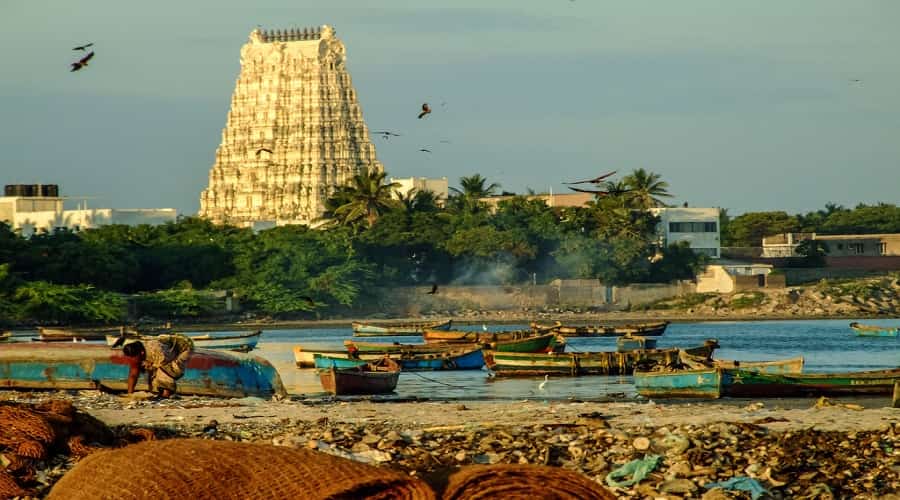
Who has not heard of Rameswaram – a beautiful city at the edge of the Indian continent? But Rameswaram also hosts one of the 12 Jyotirlingas of Lord Shiva. Located on the sacred island of Rameswaram, the same island from where Lord Rama took rocks to build a bridge to rescue Sita from Ravana.
The Rameswaram Temple is also popularly known as the Varanasi of the South. With its sprawling corridors and towering gopurams – signifying the influence of Dravidian architecture – this temple stands as a testament to unwavering devotion. Visitors can also explore the 22 holy wells that are located within the complex and gaze upon the Raman Setu bridge that is visible from the island.
- Location: Rameswaram, Tamil Nadu
- Timing: 5 am to 1 pm (Morning) & 3 pm to 9 pm (Evening)
- How to Reach: Rameswaram Railway Station is conveniently located on the island itself and offers connections to major cities in the south. The Pamban Bridge connects Rameswaram to mainland India. Buses and taxis are readily available from various cities in Tamil Nadu. Madurai Airport (160km away) is the closest airport for air travel.
Mallikarjuna, Andhra Pradesh
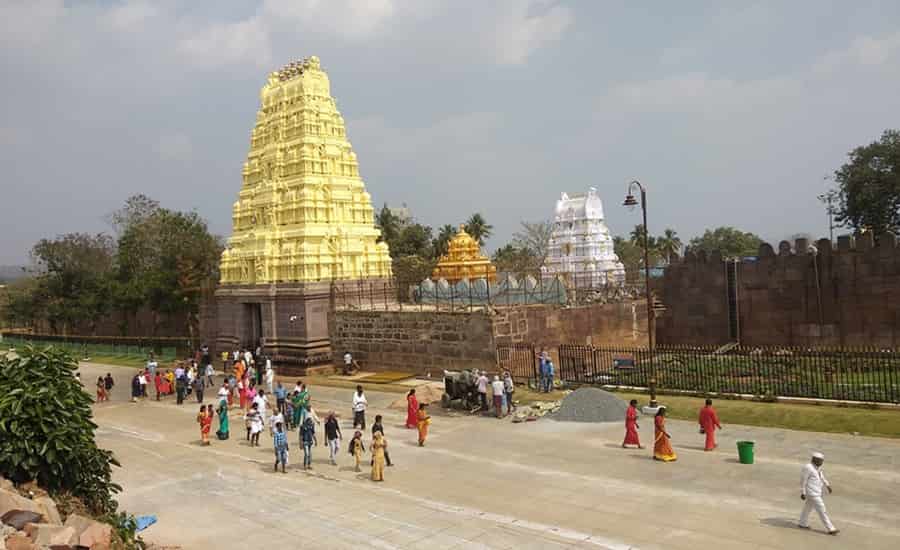
The second entry from South India in this list is the Mallikarjuna Jyotirlinga, located atop the majestic Nallamala Hills in Srisailam. This temple is renowned for its beautiful architecture, consisting of Gopurams and Mukha Mandapa hall. However, what sets this temple apart is the presence of both Mallikarjuna Jyotirlinga and Bharamba Devi temple, which is one of the 52 Shakti Peets.
The presence of both of these temples in the complex signifies the union between Lord Shiva and Devi Parvati. Travelers can also take a dip in the sacred Krishna River and offer prayer to both deities.
- Location: Srisailam, Andhra Pradesh
- Timing: 4 am to 10 pm
- How to Reach: Rajiv Gandhi International Airport in Hyderabad is the nearest airport for air travelers. Train travel is also possible, though one needs to disembark at Markarpur Railway Station, which is around 53 km away from the Srisailam. Luckily, road travel is easy as Srisailam is connected to major cities like Vijayawada, Hyderabad, and Bangalore through NH 716.
Baidyanath, Jharkhand
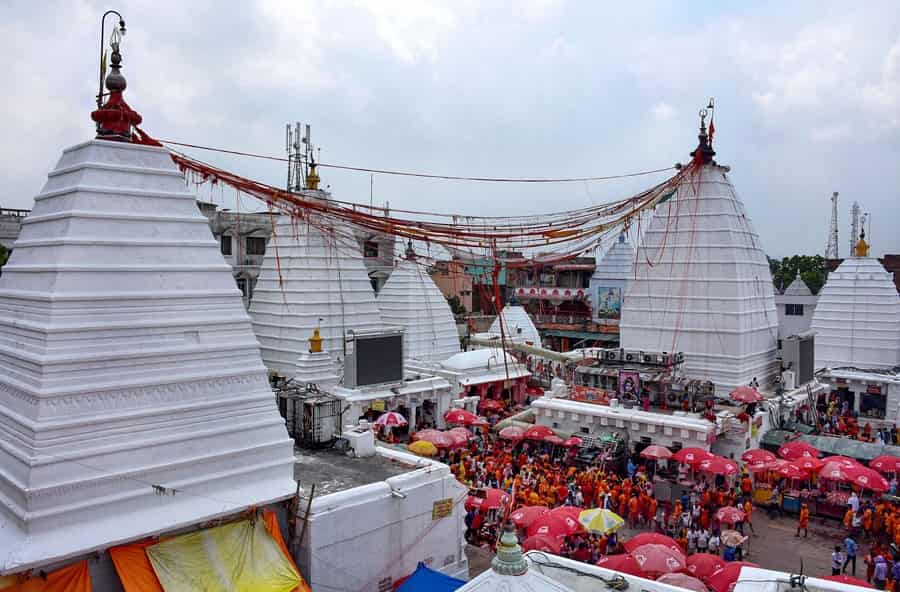
Next on our list is a Jyotirlinga located in the state of Jharkhand. The Vaidyanath Jyotirlinga is located in a massive complex that consists of five courtyards adorned with intricate carvings and sculptures.
Legend has it that Ravana, who was a devotee of Lord Shiva, prayed to him and asked him to move to Lanka. Lord Shiva ordered him to take his Shivalinga and not put it down anywhere till he reached his island. However, that didn’t happen, as Ravana was convinced by Lord Vishnu to take a rest, and this is the place where he put down the Shivalinga.
Another legend speaks about how Pandavas sought this place out after the epic war in Mahabharata.
- Location: Deoghar, Jharkhand
- Timing: 4 am to 3.30 pm (Morning) & 6 pm to 9 pm (Evening)
- How to Reach: Deoghar Airport is the local airport. The city also has a railway station, and NH 2 makes Deoghar well-connected by road from major cities in Bihar, Jharkhand & West Bengal.
Bhimashankar, Maharashtra
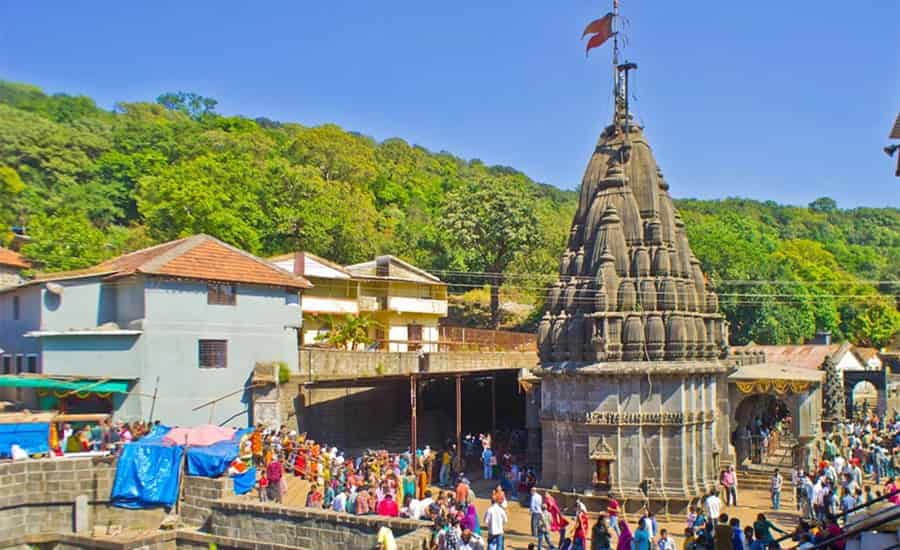
Bhimashankar lies on the banks of River Bhima. It is a majestic temple with intricately carved sculptures depicting scenes from various mythologies. The temple was constructed by Bhima, who prayed to Lord Shiva for strength to defeat the demon Bakasura.
This temple attracts huge crowds during the months of February & March, during the celebrations of Maha Shivratri. It is certainly an occasion that you would not want to miss out on.
- Location: Pune, Maharashtra
- Timing: 4.30 am to 12 pm (Morning) & 4 pm to 9.30 pm (Evening)
- How to Reach: Pune International Airport is closest, though it is 130 km away from the temple. For rail travel, devotees can reach Daund Railway Station and then take a taxi that covers the remaining 45 km. Bhimashankar is accessible through NH 4.
Trimbakeshwar, Maharashtra
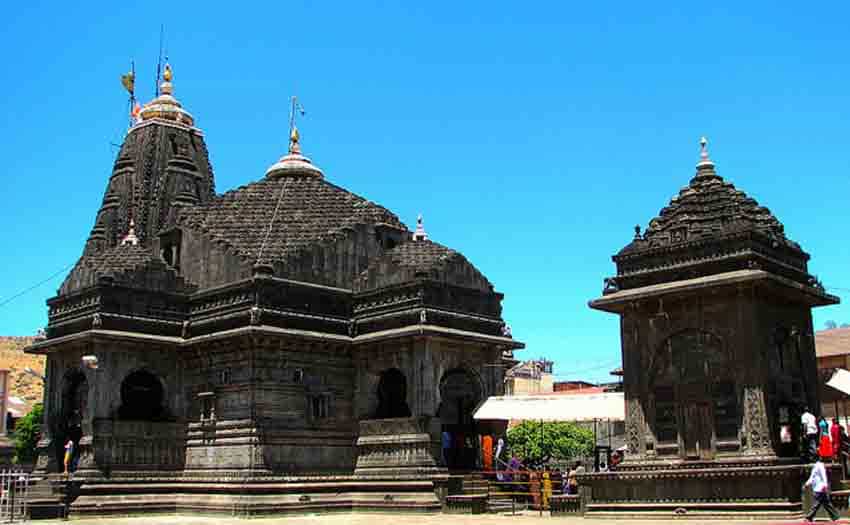
Trimbakeshwar Temple is another temple on this list that has been around for some time. The temple boasts three lingams in the complex, representing Lord Brahma, Vishnu, and Mahesh. The temple complex dates back to the 3rd century BCE; however, since then, it has been renovated by Satavahanas, Chalukyas, and even Rashtrakutas dynasties.
This place is located near the origin of the river Godavari. Legends speak about how Gautama Rishi pleaded with Lord Shiva to reside in this location. Answering his prayer, Lord Shiva revealed himself in the Trimbakeshwar form.
- Location: Nashik, Maharashtra
- Timing: 5.30 am to 9 pm
- How to Reach: The nearest airport to Trimbakeshwar is the Nashik Airport, which is 35 km away. You can connect via readily available taxis and buses. Trimbakeshwar also has a railway station with connections to major cities like Nashik, Pune & Mumbai. Finally, you can also reach here by road through NH 16.
- Suggested Tour: Trimbakeshwar Tour Packages
Grishneshwar, Maharashtra
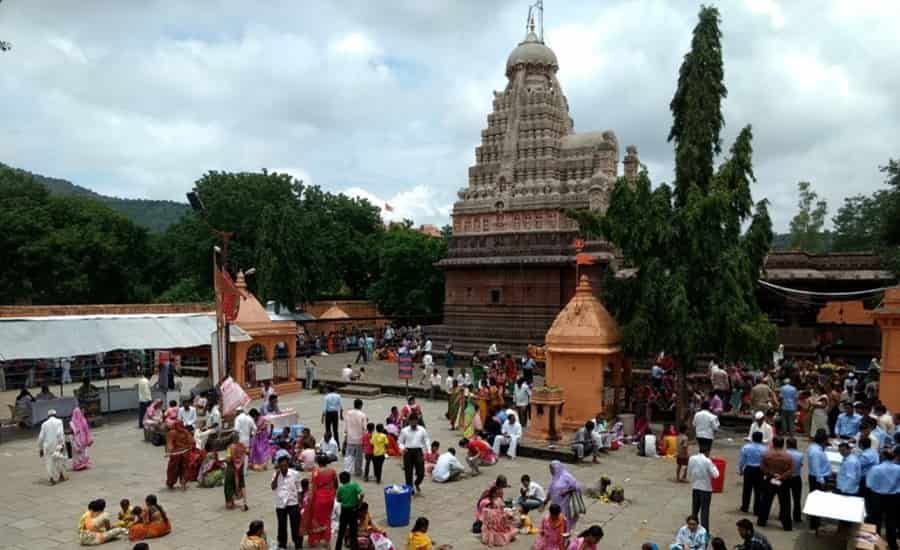
The final entry on this list is the Grishneshwar Jyotirlinga, located in Aurangabad, Maharashtra. The temple is a massive structure with an impressive five-storey structure – the influence of Dravidian architecture is clearly visible. The outer wall has the carvings of gods and goddesses.
The sanctum of the temple houses a reddish-black lingam, unique among all the 12 Jyotirlingas. It is believed that the color of the lingam changed due to Lord Vishnu’s offering here.
- Location: Aurangabad, Maharashtra
- Timing: 5.30 am to 9.30 pm
- How to Reach: Travelers can take a train or even a flight to the city of Aurangabad. From then on, Grishneshwar is only 30 km away. You can also travel here through NH4.
- Suggested Tour: Grishneshwar Tour Packages
Conclusion
As one can see, these 12 Jyotirlingas are strategically located in every corner of this country, so careful planning is required before traveling. Connect with a travel planner so you can go on your journey of spirituality and self-discovery without any issues.
- Suggested Tour: 12 Jyotirlinga Tour Package
Frequently Asked Questions
Q-1: What are the 12 Jyotirlingas?
Ans: The 12 Jyotirlingas are sacred shrines dedicated to Lord Shiva, representing his different manifestations. They are spread across India.
Q-2: Where are the 12 Jyotirlingas located?
Ans: The Jyotirlingas are situated in various parts of India, including Somnath, Mallikarjuna, Mahakaleshwar, Omkareshwar, Kedarnath, Bhimashankar, Kashi Vishwanath, Trimbakeshwar, Vaidyanath, Nageshwar, Rameshwar, and Grishneshwar.
Q-3: Why are they called Jyotirlingas?
Ans: The term “Jyotirlinga” combines two words: “Jyoti,” meaning radiant light or flame, and “Linga,” representing the iconic form of Lord Shiva. These shrines are believed to be self-manifested representations of Lord Shiva’s divine light.
Q-4: What is the significance of visiting the 12 Jyotirlingas?
Ans: Pilgrimage to the 12 Jyotirlingas is considered highly auspicious for devotees, as it is believed to cleanse one’s soul and bring spiritual merit. It is also believed that visiting all 12 Jyotirlingas fulfills the devotee’s spiritual journey.
Q-5: Which Jyotirlinga is considered the first or primary one?
Ans: Somnath in Gujarat is often regarded as the first Jyotirlinga. It holds immense historical and religious significance in Hindu mythology.
Q-6: Are there any specific rituals associated with each Jyotirlinga?
Ans: Yes, each Jyotirlinga has its unique rituals and traditions. Devotees often follow specific rituals when visiting these shrines, including offering prayers, performing ablutions, and participating in religious ceremonies.
Q-7: What is the story behind the creation of the Jyotirlingas?
Ans: Various Puranas and scriptures narrate different legends associated with the creation of each Jyotirlinga. These stories highlight the divine significance and power of Lord Shiva’s manifestations at these sacred places.
Q-8: Can anyone visit the Jyotirlingas, irrespective of their religion?
Ans: Yes, the Jyotirlingas are open to people of all religions. Devotees from diverse backgrounds visit these shrines to seek blessings and spiritual fulfillment.
Q-9: Is there a specific order in which one should visit the Jyotirlingas?
Ans: While there is no strict order, some pilgrims follow a specific sequence based on their spiritual beliefs. However, devotees can visit the Jyotirlingas in any order that is convenient for them.
Q-10: Are there any festivals associated with the 12 Jyotirlingas?
Ans: Maha Shivaratri is one of the most significant festivals celebrated at all the Jyotirlingas. Devotees gather in large numbers to offer prayers and participate in special ceremonies during this auspicious occasion.


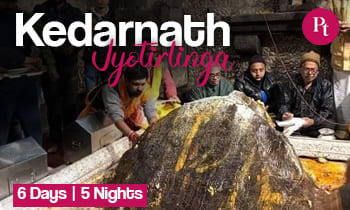
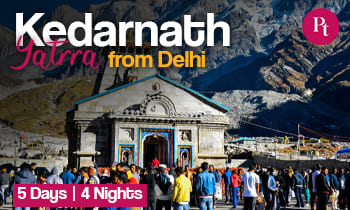

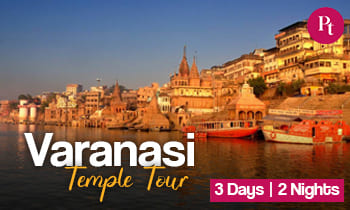
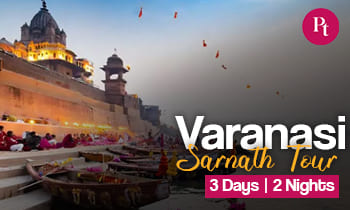

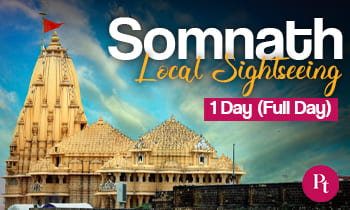

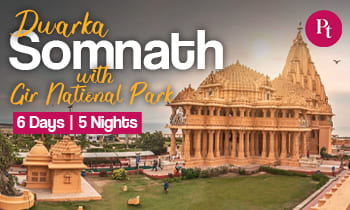

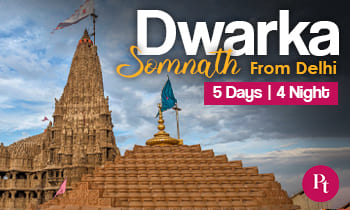
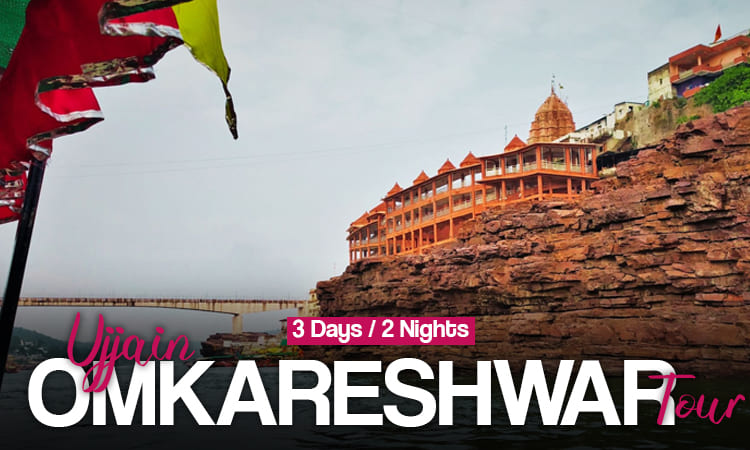
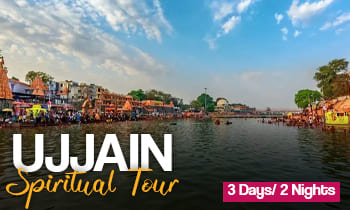

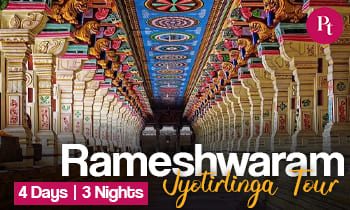
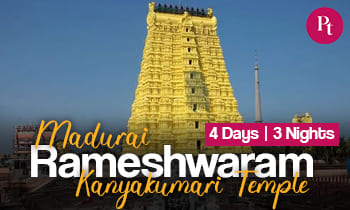
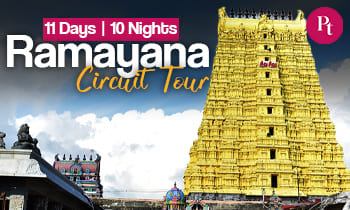
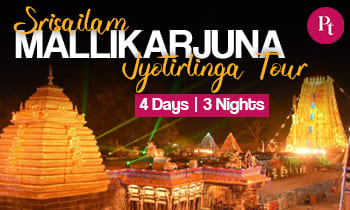


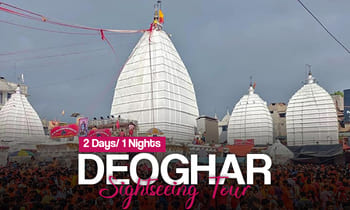
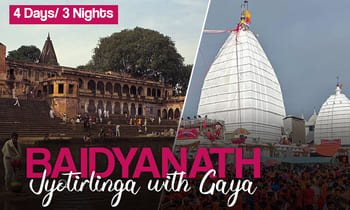
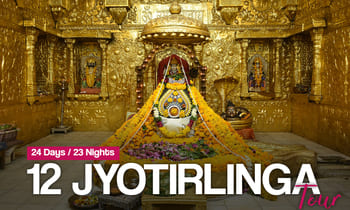
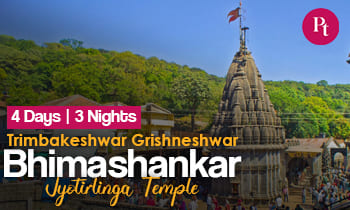
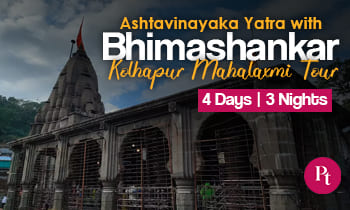
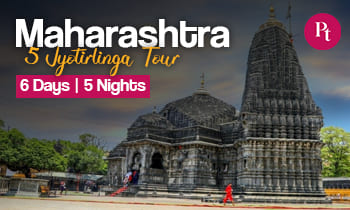
 Call
Call WhatsApp
WhatsApp Enquiry
Enquiry